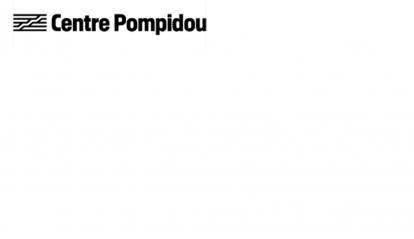![Henri Matisse, «Luxe, calme et volupté» [Luxury, calm and voluptuousness], autumn-winter 1904. Centre Pompidou, Paris. Musée national d’art moderne / Center de création industrielle. On deposit at the Musée d’Orsay, 1985, AM 1982-96.](https://imagenes-mediahub.fundacionlacaixa.org/files/image_414_371/files/fp/uploads/2025/09/04/68b947795217e.r_d.302-522-6389.jpeg)
A showcase of the career, evolution, reach and influence of Henri Matisse through a wide selection of works, most of which come from the Centre Pompidou.
Henri Matisse’s art reflects his radically innovative approach to colour, his critical rethinking of the painting as a purely pictorial surface, and also his sense of being “out of place” both emotionally and politically. In other words, his way of expressing a break from established norms and his quest for a new way of seeing and representing the world.
The eight sections of this exhibition explore the career and reach of Matisse in chronological order, showing how his influence extended to creators of the 20th and 21st centuries. In the section “Line, Colour, Space”, we see how the young Matisse mastered colour, Fauvism and chromatic anarchy, securing his place on the international scene. The second section, “Primitive or Emotion”, reveals his connection with avant-garde artists in Germany and Russia.
Next, “Provoking Appearances” highlights Matisse’s obsession with the Great War and his exploration of space through the absence of figures. “Abstractions” focuses on his dialogue with Kupka in terms of planes and space, and the symbolism of colour and form in this exchange. In “Our Hearts Turn to the South”, Matisse is drawn to the influence of Mediterranean light. “Modern Classicism” shows how, in 1926, Matisse experienced creative block and turned back to Cézanne, Picasso and Bonnard in search of solutions to the problem of how to treat the figure. “Days of Colour: Kodachrome and Painting after 1939” shows the rebirth of colour in Matisse’s work through cut-outs, books and collages. Finally, “Chez Matisse” closes the exhibition with a visual essay on freedom and Matisse’s work as a source of inspiration for a new modernity, Pop Art and postcolonial forms in painting, video and film.
The works of Matisse that offer us a complete insight into his creative universe, from his first self-portrait to the artistic freedom of his final paintings and late gouaches, are presented alongside those of Baya Fatma Haddad, Anna-Eva Bergman, Pierre Bonnard, Zoulikha Bouabdellah, Georges Braque, Daniel Buren, Natalia Goncharova, Jacques Lipchitz, Le Corbusier, Pablo Picasso and Kees Van Dongen, among many others.
- Curated by: Aurélie Verdier, Chief Curator of Modern Collections, Musée national d’art moderne – Centre Pompidou
- Organisation: Exhibition organised in collaboration between the Centre Pompidou and the ”la Caixa” Foundation

![Henri Matisse, «Luxe, calme et volupté» [Luxury, calm and voluptuousness], autumn-winter 1904. Centre Pompidou, Paris. Musée national d’art moderne / Center de création industrielle. On deposit at the Musée d’Orsay, 1985, AM 1982-96.](https://imagenes-mediahub.fundacionlacaixa.org/files/image_340_340/files/fp/uploads/2025/09/04/68b947795217e.r_d.302-522-5247.jpeg)
![Henri Matisse, "Le Rêve" [The dream], may 1935. Centre Pompidou, París. Musée national d’art moderne / Centre de création industrielle AM 1979-106.](https://imagenes-mediahub.fundacionlacaixa.org/files/image_340_340/files/fp/uploads/2025/08/26/68ada56c233a2.r_d.806-1000-2109.jpeg)
![Henri Matisse, Marguerite au chat noir [Marguerite with black cat], beginning of 1910. Centre Pompidou, París. Musée national d’art moderne / Centre de création industrielle AM 2013-544.](https://imagenes-mediahub.fundacionlacaixa.org/files/image_340_340/files/fp/uploads/2025/08/26/68ada5434430f.r_d.689-1000-2469.jpeg)